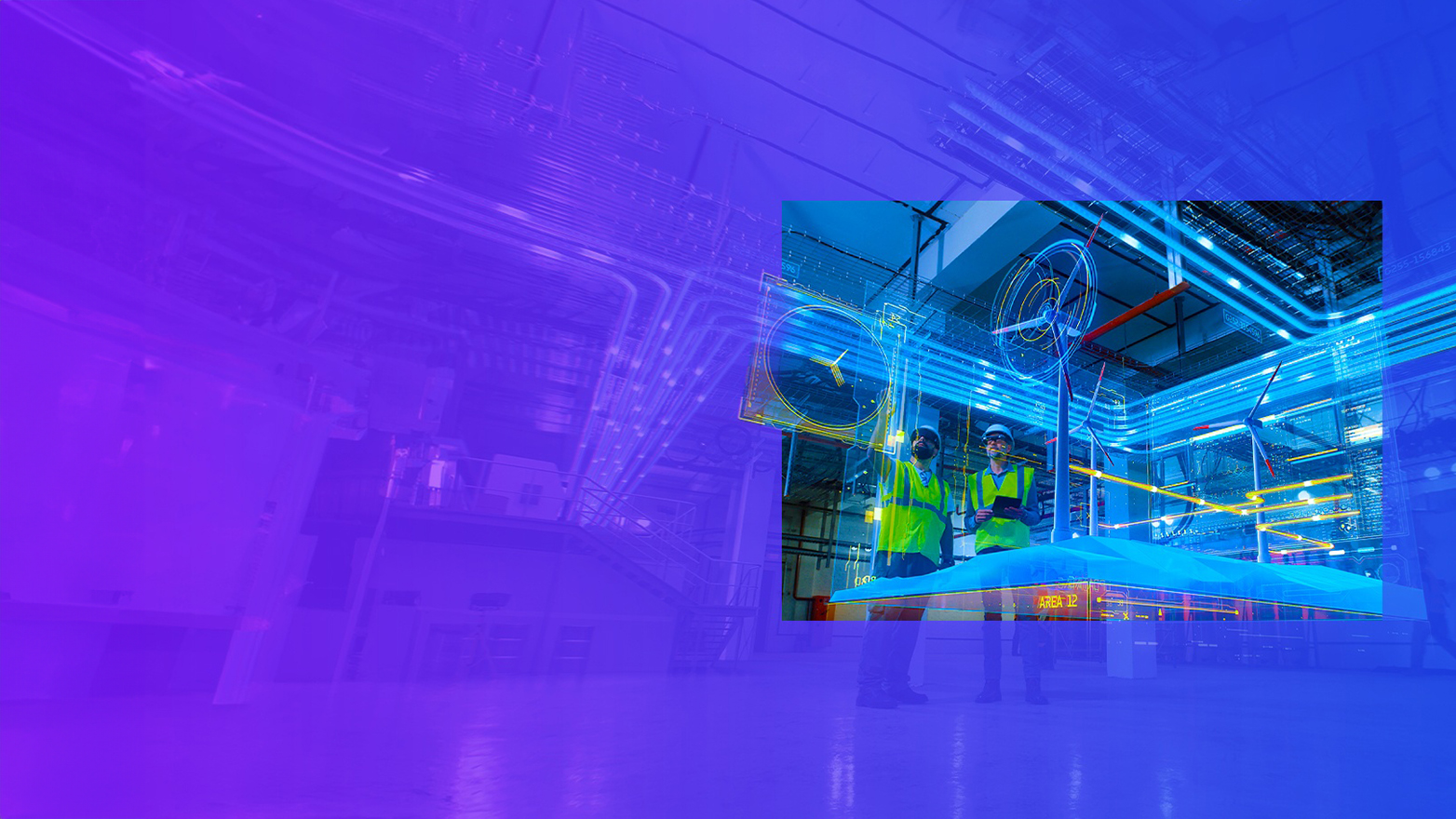Advanced technologies are shaking up the supply chain world. With quickly evolving capabilities across generative AI, data analytics, automation, machine learning, Internet of Things (IoT), blockchain and more, the ‘smart’ supply chain is well on its way to becoming the new normal.
Enabled with a raft of technology developments, a new paradigm is emerging in supply chain management. One where organizations can respond quicker to day-to-day requests, proactively address problem solving, and reduce errors and inefficiencies. It can also provide greater visibility, transparency and traceability. Most importantly, organizations will be more resilient to future supply chain shocks.
With a future that promises autonomous, self-learning machines seamlessly managing the broader supply chain process, now is the time for organizations to overcome the inherent silos and enterprise systems that will restrict their progress.
To get started, organizations need to first embrace the trends that will define 2024. This includes learning about emerging technologies from AI to distributed ledger technologies, low-code and no-code platforms and fleet electrification. This will need to be followed by managing the migration to a new digital architecture and executing it flawlessly.
Organizations will need to intensely focus on mining relevant, clean and well-governed data if they want to make the most of their new technology investments. Data will also be crucial as organizations are pressured to meet evolving ESG and Scope 3 commitments.
These structural trends will shape new operating models and improve broad processes. To avoid being left behind, it is important for organizations to understand these trends and apply specific actions to begin their transformation sooner rather than later. This way they can create a more agile and responsive supply chain that can capture the promise of value creation, cost reduction and improved shareholder value.







